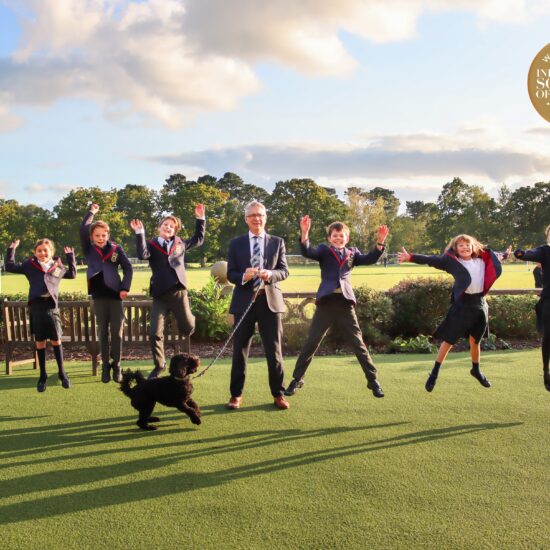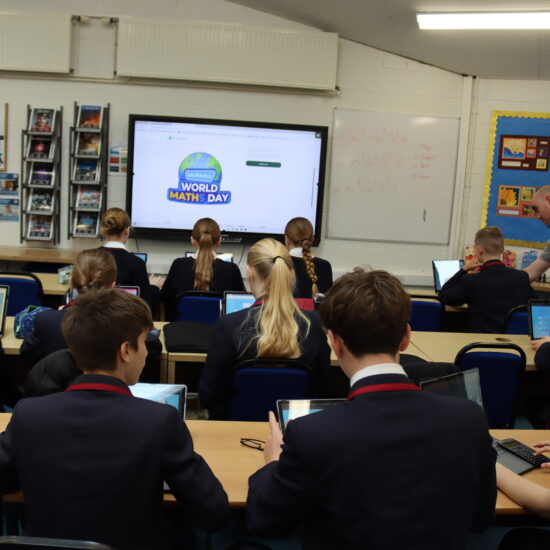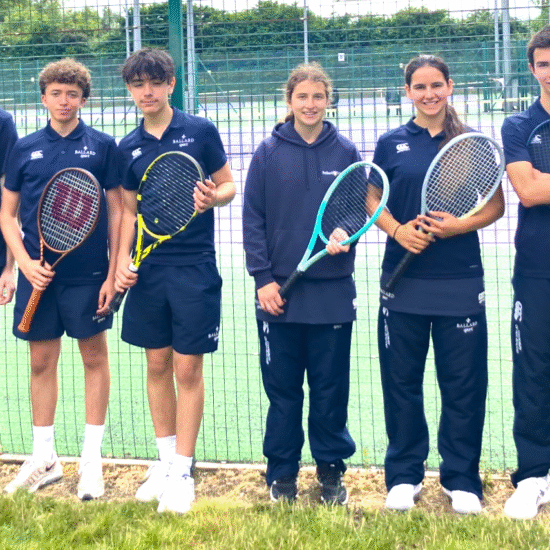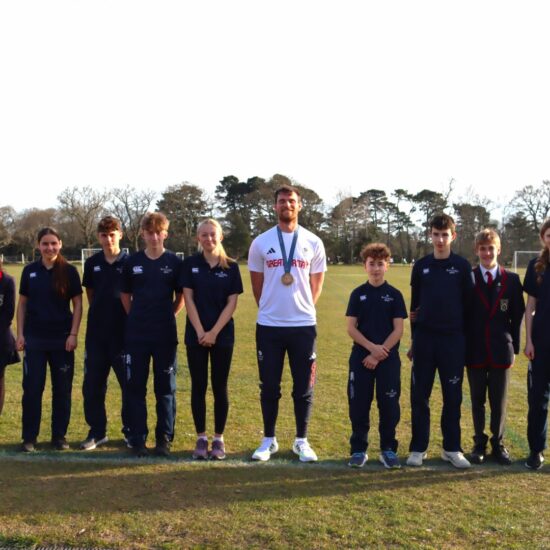Rugby
Rugby Strategy at Ballard
From Tots, to Tag, To Touch to Tackle – The Ballard Way!
The ‘Ballard Rugby Way’ starts all the way back to Rugby Tots with KG and finishes with the First X1 playing against the top private and local state schools in the area. On Saturday mornings, the South Coast Rugby Tots are based at Ballard in the Sports Hall. This is the start for many on their journey of Rugby in a safe, educational environment, that exhibits the basic catching and passing skills as well as the RFU’s T.R.E.A.D’s values:
T = Teamwork, R = Respect, E = Enjoyment, D = Discipline, S = Sportsmanship.
There is a trophy that is awarded termly for any individual who shows this.
Throughout all our Rugby lessons from YR-Y11, Rugby is taught with these values in mind. In fact, we are finding out that pupils are demonstrating the correct techniques at a high standard, even if they don’t have the brawn to succeed at an early level. Once maturity and physique kicks in, we find our teams in Year 9 and U16 competing at well above their weight against schools with far bigger cohorts.
The tots then turn towards to Tag for Boys and Girls in Year 3 & 4. Even the New Zealand, England and World Champions, South Africa, play Tag Rugby, as it transfers the skills of Rugby Union throughout; Catch, Go forward and Support. In offense, successful players work in teams and tackle low, even if it’s a Tag from a sock or the waste. Kiwi Tag is a world renown game to develop all of these skills.
A strand that is successful for us and taught in the southern hemisphere is to avoid contact at an early age. This is where in Year 3 – Year 9, we encourage 50 standing passes, 50 moving passes and then the Ballard Bible Skills as habit for any player. This is just the warm up! The catching is such a key component as without this, contact cannot be accessed as many will just simply not get near an elusive runner with great agility. The Ballard Bible Skills involve support in attack, avoiding contact in 2v 1 situations. This then progresses to hit and pass. This is driving into an opposition to create space for a teammate, then passing into a deep position to allow space to run in; whether it be wide or deep – thus setting up a 2 v1 Ballard Bible Skill again. In contact, if players are not drawn in or resistance is made, this leads to the third and last Ballard Bible Skill of hit, spin, keep running then score or look for a 2 v1. You will hear all of the PE staff encouraging this as whilst contact is an important game, a 2 v 1 and avoiding contact is the vital skill to scoring a try.
Pupils, all the way to U11 (Years 5 & 6), get opportunities to play Tag in mixed gender and mixed ability environments. If they succeed at this and can support play in defence and offence, the contact part comes naturally. However, if the basic skills are not met, the dropped catch becomes the oppositions’ ball, the lack of support or movement results in that elusive runner getting past he individual and team defence. Of course we promote our activities after school and club links to get those who are keen to take the sport that stage further.
Once pupils are ready, we then introduce touch to tackle and also contact. This can be for U9’s – U16. The touch to tackle philosophy is to encourage contact in confidence, i.e. if you get close enough to engage on the opponent, the tackle techniques can be applied. Touch to tackle can be called when a player attempts to get the feet close to tackle and the shoulder is close enough to prevent the neck or spine getting hurt. Of course, low tackles are now expected and gone are the days of the ‘seatbelt tackle’ or ‘high tackle’. These dangerous techniques cannot only inflict injury on the attacker but also the defender and are not accepted at School level. In fact, neither techniques are conclusive to stopping the opponent and also getting the ball back… If you don’t have the ball, you can’t score…
The tackle with confidence technique is a key strand to any success at Ballard for no matter the level. Getting the feet close, protecting the head from hits or whiplash and using the body to tackle are persistently taught and encouraged. The learning on how to fall on our spongy part (shoulders and side, not back) enable the tackler and the attacker to fall with safety and retain position or put the opposition into a place to gain position. There is a position for every size of player, which makes Rugby so accessible.
We are finding our boys and girls competing well against other schools and then excelling in Years 9 – 11. It is a journey of progression and for most, the correct rate according to their ability. We are lucky to have great links with South Coast Rugby Tots and New Milton Rugby Club. However all pupils are given the opportunity in A or B teams from U8-U11 and then A-D in U13-12. In fact our C and D teams have been very successful. This proves our lower ability teams are better than most. This suggests that confidence is gained, players are engaged and know how to play. By the time players start to compete at A and B in U13, you can really see the ones who have followed the educational pathway with the T.R.E.A.D’s values that we promote.
It been noticed that we seem very strong on rucking technique at Ballard from U8-U16 (First XV). Well that’s no coincidence…
We generate this as a drill at a young age. It’s about identifying what threat the opposition is…
In the first instance, we try and avoid the contact point in Years 3 – 5. At Year 6, we encourage at hit in contact to drag in players to create more space elsewhere. It’s at this point we are very strong. From wingers to prop forwards, not matter the size, we have pupils trained to deal effectively with the opposition.
You may have heard some pupils named as a ‘jackal or a pop’? What is this?
The Jackal is trying to get the ball to our side or hold the ball into the opposition, so it looks like he is playing the ball on the floor. By using a rock and roll technique, it allows the ball to be placed towards our team. The Jackal stands over the ball and holds on for dear life! As long as they are low and free standing, we tend to get the ball back.
If the Jackal cannot get to the ball, we get the first two plays to ‘pop, pop’ over the ball. This gives our scrum half the ball.
The ruck is successful if you deal with the opposition. It’s a fast attack, it draws in players and keeps the momentum forward. We deal with the threat at the ball by either driving the hands off their jackal, driving off an opponent or even picking up the ball if no threat…






